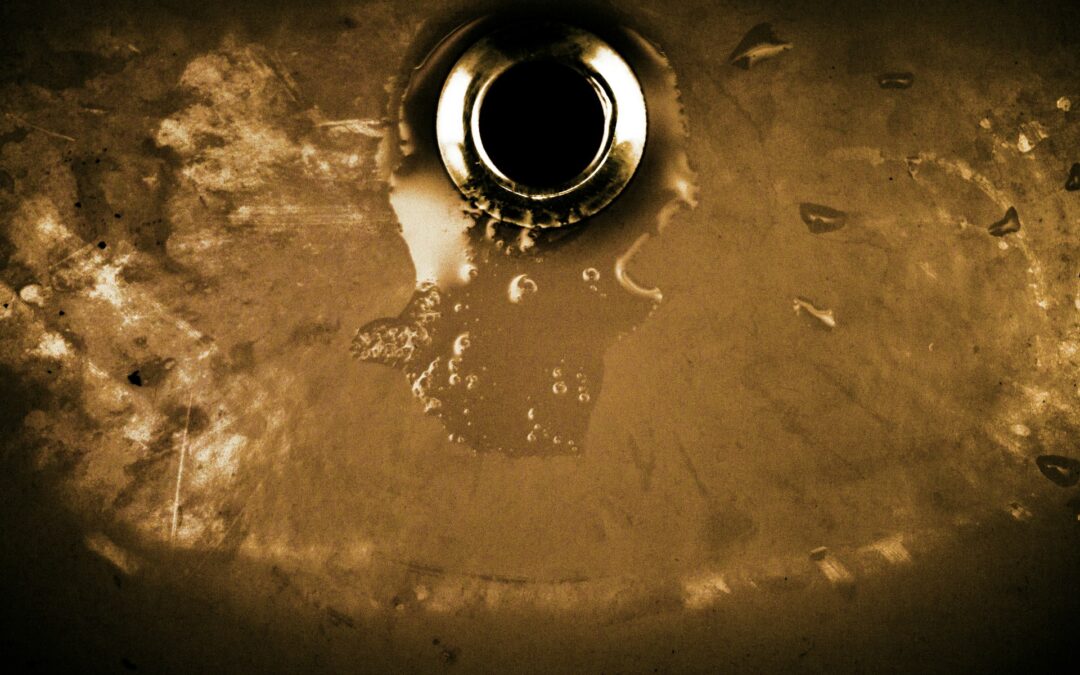A clogged kitchen sink can be a major inconvenience, disrupting your daily routine and causing frustration. Knowing the common causes of clogs and how to effectively clear them can help you keep your kitchen sink flowing smoothly. Here’s a guide to help you open a clogged kitchen sink and prevent future clogs.
Common Causes of Clogged Kitchen Sinks
- Fat, Oil, or Grease: Pouring cooking oils and fats down the drain can lead to clogs as they solidify over time.
- Starches: Foods like pasta, potatoes, beans, and rice can expand and create a paste-like substance that clogs the pipes.
- Coffee Grounds: Coffee grounds can clump together and block the pipes.
- Stringy Foods and Bones: Foods like celery can wrap around the disposal blades, while bones are too hard and can cause blockages.
- Soap Scum: Soaps made with fats can mix with minerals in the water to create clogs.
- Accidental Objects: Small objects like toys, jewelry, or utensils can accidentally fall into the sink and cause blockages.
How to Fix a Clogged Kitchen Sink
- Reset the Disposal: If you have a garbage disposal, try resetting it by pushing the reset button on the bottom of the unit or resetting the circuit breaker.
- Use a Plunger: Fill the sink with a few inches of water and use a plunger to create suction over the drain. Plunge vigorously until the water drains.
- Clear the Trap: Locate the U-shaped pipe under the sink (known as the trap) and place a bucket beneath it to catch water. Loosen the fasteners and remove the trap, then clear any obstructions inside.
- Use a Snake: A plumbing snake, also known as an auger, can be inserted into the drain to break up and remove clogs. Follow the manufacturer’s instructions for proper use.
- Call a Plumber: If you’re unable to clear the clog on your own, it’s best to call a professional plumber who can safely and effectively remove the blockage.
Recommended Maintenance Tips
- Run Water While Using the Disposal: Running water while the disposal is on helps flush food scraps down the drain.
- Limit Food Intake: Avoid putting large amounts of food into the disposal at once to prevent overloading the motor.
- Clean the Disposal Regularly: Use a mixture of baking soda and white vinegar to clean the disposal and prevent build-up.
- Schedule Regular Maintenance: Consider scheduling regular maintenance with a plumber to prevent clogs and ensure your plumbing system is in good condition.
A clogged kitchen sink can be a hassle, but with the right tools and techniques, you can effectively clear the blockage and prevent future clogs. By following these tips, you can keep your kitchen sink running smoothly and avoid unnecessary plumbing issues. If you need professional help, don’t hesitate to contact a licensed plumber for assistance.
For expert plumbing services in Southern California, contact SoCal Plumbers. Our team of licensed and insured plumbers can help you with all your plumbing needs. Visit our website at https://socalplumbers.com/ to learn more and schedule an appointment.
For more information on how plumbing works and to receive future updates from SoCal Plumbers, sign up for our newsletter at https://socalplumbers.com/email-signup/.


